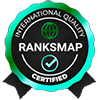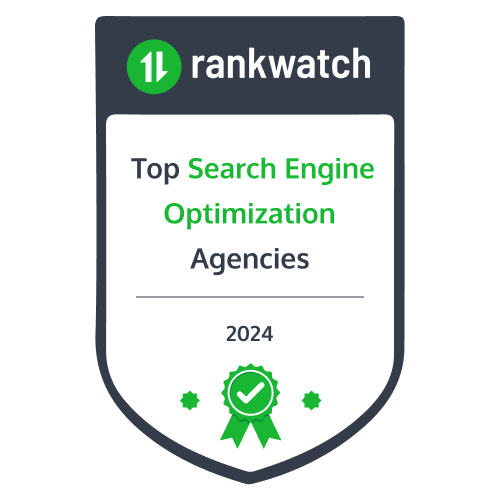Mastering Revenue Marketing: Strategies, Impact, and Growth
According to WinSavvy, 58% of businesses (74% of top-performing companies) align their marketing and sales departments. And companies with aligned teams show 19% faster revenue growth.
Do you find yourself nodding along to these numbers?
Revenue marketing bridges the gap between marketing and sales. This approach helps you align your teams and streamline your processes to optimize your budget and revenue.
What is Revenue Marketing?
Revenue marketing is a form of marketing that focuses on driving revenue growth. This often involves marketing activities that boost customer acquisition and sales.
But isn’t that the whole point of marketing? The ultimate goal of promoting your business is to get people to buy your product or service, right?
The difference is that revenue marketing is even more revenue-focused. Traditional marketing aims to achieve other things, like building brand awareness, generating leads, and fostering customer engagement.
However, successful revenue marketing goes beyond ensuring marketing efforts generate leads. It also focuses on driving sales and contributing to the business’s overall marketing revenue goals.
While traditional marketing often operates in a silo, revenue marketing involves close collaboration between marketing and sales.
Why Revenue Marketing Is Important
Revenue marketing transforms traditional marketing efforts into measurable and revenue-generating activities.
Here’s why revenue marketing works:
- Data-driven decision-making: Tools and platforms provide deep insights into customer behavior, campaign performance, and sales data. This helps businesses understand what marketing activities are directly contributing to revenue.
- Personalized marketing: By segmenting customers into different groups based on behaviors, preferences, and demographics, marketers can deliver more relevant marketing messages that increase engagement and conversion rates.
- Lifecycle marketing: Nurturing customers throughout all customer journey stages ensures they’re consistently engaged, even post-purchase. This helps retain customers, increase cross-selling and upselling opportunities, and boost customer lifetime value.
- Account-based marketing (ABM): Through targeted outreach, brands can focus marketing efforts on high-value accounts with personalized marketing campaigns that meet their needs and pain points.
Benefits of Revenue Marketing
To drive this concept home, here are the main benefits of revenue marketing.
- Increased ROI. When you directly tie marketing efforts to revenue generation, you are more likely to increase your return on investment.
- Promote accountability within your marketing teams by tracking performance metrics linked directly to revenue outcomes.
- Unlock access to valuable customer data (behavior and preferences) to improve targeted campaigns that convert.
- Focus on the strategies that drive measurable revenue to achieve scalable growth with better resource allocation.
- Better collaboration between marketing and sales teams leads to more effective strategies and results.
7 Revenue Marketing Strategies
Now that we’ve discussed the importance and benefits of revenue marketing, let’s explore strategies you can implement today.
Engage With Your Target Audience
Using revenue marketing, you can foster targeted and personalized interactions with your audience through revenue marketing.
This leads to stronger connections, increased loyalty, and higher engagement rates.
Tip: To measure and enhance audience engagement, you might consider using call center software. It allows detailed tracking and analysis of customer interactions, providing valuable insights into your marketing campaign’s effectiveness.
When you analyze call data, you can identify which marketing efforts drive the most engagement and conversions, allowing you to allocate your budget more strategically.
Features like automated call distribution, CRM integration, and detailed reporting help streamline operations and improve customer service quality.
Integrate Marketing and Sales Teams
Aligning sales and marketing teams breaks down communication silos and leads to shared strategies and data. When data and insights are shared with feedback between teams, adjustments to strategies occur much faster and smoother.
The ability to make seamless adjustments and meet customer needs in close to real time is essential to staying ahead of the competition and meeting goals.
Finally, a cooperative and integrated approach allows both teams to focus on the ideal customer profile or buyer persona to avoid missteps and maximize the marketing budget.
Implement Profitable Marketing Strategies
Revenue marketing is all about using promotional tactics that get actual results. So, if a strategy doesn’t generate a positive ROI, it’s not worth investing in.
This data-driven approach allows you to focus only on high-impact activities that maximize your ROI.
Maybe that pricey trade show booth isn’t performing well, but a targeted email campaign is quietly raking in leads.
The key to optimizing your budget is to trust the data. Analyze the data, eliminate what’s not working, and double down on your winners.
Remember, smart budget allocation isn’t just about cutting costs. It’s about investing wisely to drive real, measurable revenue growth.
Maximize Sales Funnel Efficiency
Revenue marketing optimizes the sales process.
It does this by using data-driven insights to personalize customer interactions, streamline processes between marketing and sales, and continuously improve strategies to drive revenue growth.
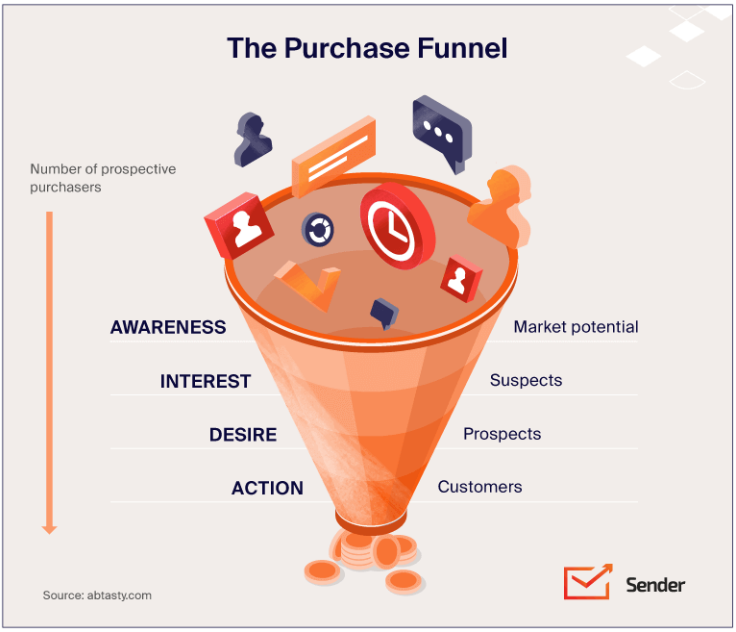
Enhance Customer Lifetime Value (CLV)
Customer lifetime value is the total value a customer holds for a business over the course of their relationship. There are many ways to enhance a customer’s lifetime value. Here are a few.
- Cross-selling and Up-selling: Recommending products or services to a customer based on their past purchases.
- Loyalty Programs: Programs that reward customers for continued purchases or brand memberships.
- Referral Programs: Programs that reward customers for referring new customers to the brand or business.
Other ways to improve customer lifetime value include enhanced customer service and making your onboarding process an experience your customers enjoy. Any time you can delight your customers, you make them more likely to not only return but also refer their friends and family to your brand.
Understand Customer Journey
The customer journey helps businesses tailor their marketing strategies to meet customers’ needs. Understanding each stage of the customer journey is crucial to meeting your customers where they are and maximizing your marketing revenue.
For example, when a customer is just learning about your brand, you want to expose them to marketing content that teaches them about your brand and what it can do for them — how it can make their life better.
If a customer has loyally purchased the same products from your business for years, you want to send them marketing material that supports that loyalty, such as rewards or anniversary gift coupons.
The point is to ensure your customer knows you see them and you care enough to meet them there.
Improve Customer Acquisition Cost Efficiency
Customer acquisition cost (CAC) is how much it costs to acquire new customers. To maintain your budget and generate a positive ROI, it’s important to keep your CAC efficient. There are many ways to do this, including the following:
- Improve customer retention: Keeping current customers costs less than acquiring new customers, so improving your customer retention strategies makes a lot of sense. Also, companies that prioritize retention over acquisition are 60% more profitable.
- Retarget customers: Customers who fall out of the marketing funnel can be brought back through retargeting campaigns. They’re also 8 times cheaper to reach per click than new customers.
- Improve sales funnel: Managing your customers’ journeys through a well-built sales funnel is a great way to streamline your CAC. If you know when customers leave your funnel, you can better understand how to retarget them.
- Use SEO: SEO will help you get more qualified leads, which means a higher conversion rate and lower CAC.
Marketing Team Role in Revenue Generation
Marketing plays a key role in revenue generation. In a nutshell, marketing teams are in charge of driving revenue growth by attracting and engaging potential customers.
Through targeted campaigns and valuable content, marketers nurture leads to conversion to ensure a seamless customer journey. Customer journey analytics software provides valuable insights into customer behavior and preferences, allowing marketers to personalize their campaigns and optimize the conversion process.
However, organizations face challenges in digital transformation that can impact marketing effectiveness. These challenges include integrating new technologies, adapting to changing consumer behaviors, and ensuring data privacy. The marketing team closely aligns with sales and uses data-driven strategies. This helps optimize their efforts and maximize the revenue generated.
Revenue Marketing KPIs
Businesses use key performance indicators (KPIs) and metrics to measure and optimize revenue marketing efforts.
Revenue Metrics
Revenue metrics measure the financial performance of marketing activities in driving revenue growth. This helps you understand the impact of your marketing efforts on overall sales and profitability.
The different revenue metrics include:
- Total revenue generated: The total sales revenue from marketing strategies;
- Revenue growth rate: The increase in revenue over a specific period;
- Monthly recurring revenue (MRR): The predictable and recurring revenue from customers per month;
- Annual recurring revenue (ARR): Recurring revenue on an annual basis.
Marketing ROI

Image source: Conductor
Marketing ROI helps you understand the profitability of your marketing campaigns by comparing the revenue you generated to the cost of marketing efforts.
As a result, you can identify which campaigns yield the highest returns and optimize your budget allocation accordingly.
Customer Acquisition Cost (CAC)

Image source: Directive
Customer acquisition costs allow you to measure how much it costs to acquire a new customer. Lowering CAC while increasing revenue is a common goal of revenue marketing.
When you monitor CAC, you can evaluate the efficiency of your marketing strategies and determine how to acquire customers at a lower cost.
Sales Qualified Leads (SQLs)
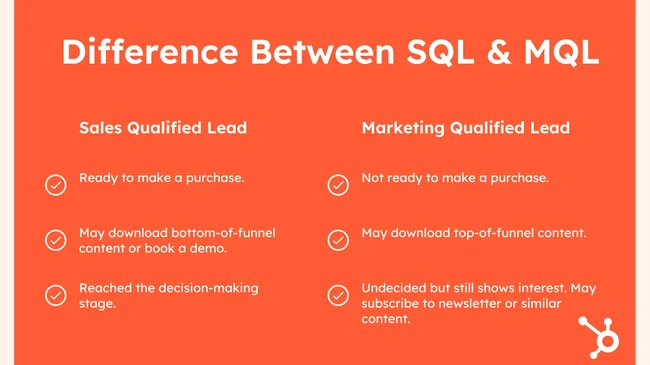
Image source: HubSpot
Sales qualified leads (SQLs) are a metric that measures the number of leads ready for the sales team. High-quality SQLs indicate effective lead generation and nurturing processes.
MQL to SQL conversion rate is a similar KPI that evaluates the percentage of MQLs that successfully progress to become SQLs.
It indicates the quality of leads you generate through your marketing efforts and the effectiveness of your lead nurturing strategies.
Customer Lifetime Value (CLV)
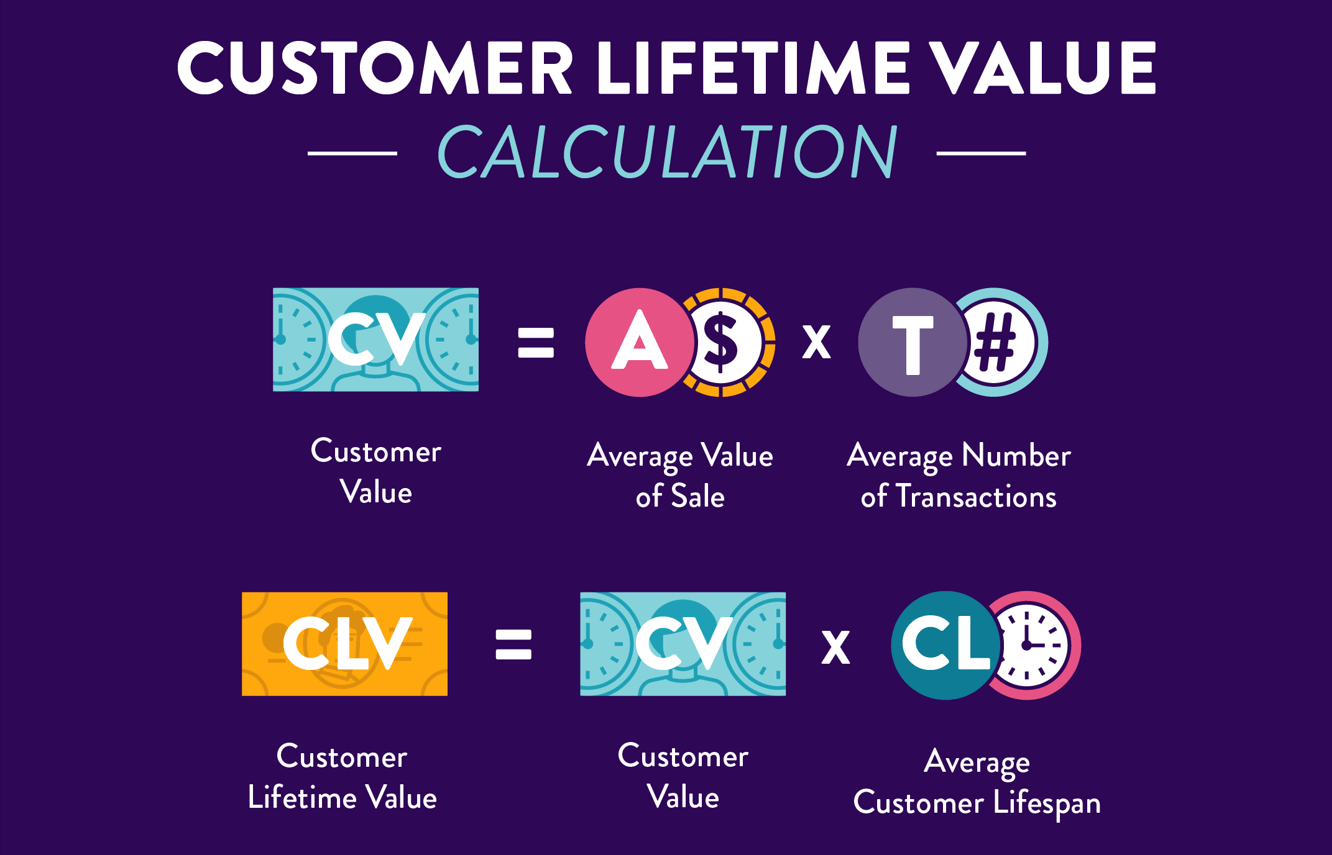
Image source: CleverTap
By measuring customer lifetime value, you can assess the total revenue your business can expect from a single customer account throughout your relationship.
Increasing CLV means higher profitability per customer, which, in turn, reflects successful marketing and retention strategies.
Marketing Revenue FAQs
How does marketing generate revenue?
Marketing generates revenue by attracting, engaging, and converting customers.
Key methods for generating revenue include lead generation, lead nurturing, customer acquisition, and customer retention.
What are the 4 pillars of revenue operations?
Revenue operations (RevOps) unify marketing, sales, and customer success functions. The four pillars of RevOps are:
- Strategy: Develop a unified revenue strategy that aligns with your business goals.
- Technology: Use the right tools, like CRM systems and marketing automation, to support your revenue-generating activities.
- Process: Streamline how sales, marketing, and customer success processes work together.
- People: Get everyone from sales, marketing, and customer success on the same page to drive revenue.
What is the revenue marketing structure?
Think of the revenue marketing structure as the setup that makes sure marketing directly brings in revenue.
It includes:
- Alignment with sales: Marketing and sales work hand-in-hand toward common goals.
- Data-driven approach: Use marketing data to fine-tune campaigns and maximize marketing spend.
- Lead management: Generate, score, and nurture leads until they’re ready to buy.
- Performance measurement: Monitor key metrics to see how much revenue marketing generates and adjust as needed.
How much does marketing contribute to revenue?
Marketing’s contribution to revenue can vary a lot, but in general, the department aims to make an impact by optimizing strategies, improving lead quality, and boosting customer retention.
The goal is to show that marketing isn’t just a cost center. It’s a key player in driving a company’s revenue growth.
Author bio:

Nikola Pantic is a Partnerships Manager at uSERP, connecting with partners and nurturing those partnerships through mutual collaboration, and a seasonal writer who helps shape various industries through the written word.



